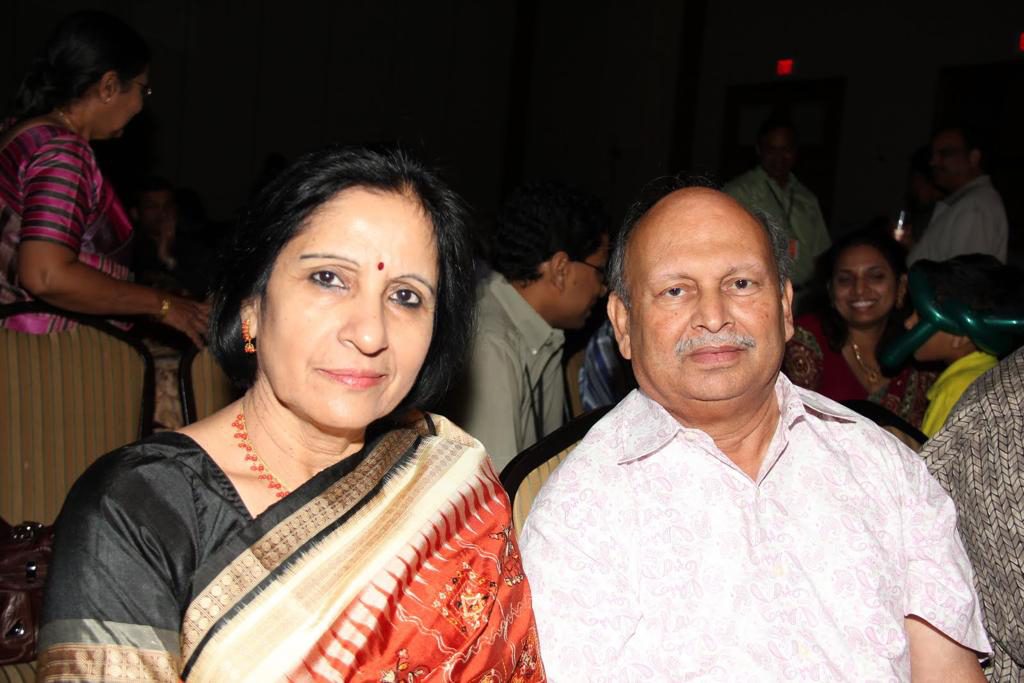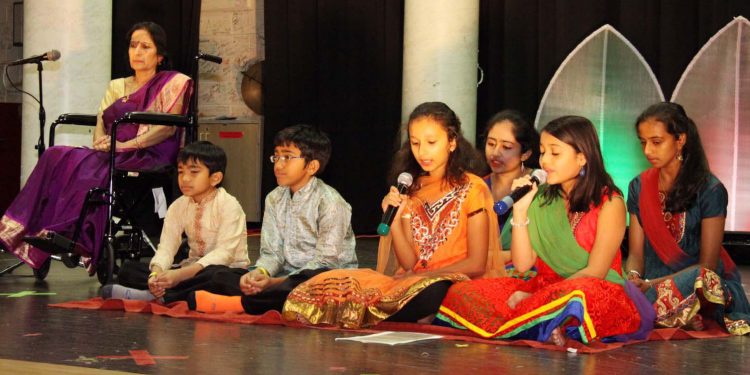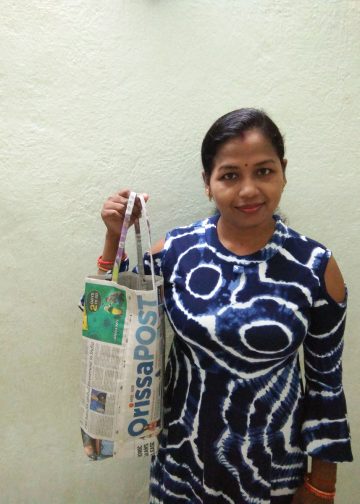Odisha is a treasure house of an amazing variety of folk songs and light classical music. Champu and Chhanda are two sub-forms of the light classical category and these days they are getting wide acceptance among the Odias in the United States. Septuagenarian Lata Mishra has been instrumental in popularising Odissi music in the US. She has been doing this for decades under the aegis of the Odisha Society of Americas (OSA). In a telephonic chat with Sunday POST, she talked about her passion for Odissi music and what drove her to work towards popularising it.
Looking back, Lata says: “I learnt the nuances of Champu, Chhanda and Odissi vocal by following my father and brother when they practiced these forms. I could sing Odissi music with clarity when I was barely five. Be it Republic Day or Independence Day, my teachers always asked me to recite the national anthem in my school. A school inspector named Raghunath Patnaik used to call me during his visit to the school every time and ask me to sing. When I was in Class IX, I played the character of Jayadev, the poet who composed Gita Govinda. Not only did I play the character, I rendered my voice for the tracks of the play titled Jayadev. I could never think of a life without music.”
Lata recounted the time when Odissi music went through a dark phase and how it was revived by Odissi exponents. “During the 1950s, no one outside Odisha knew about Odissi dance. It was the legendary Guru Kelucharan Mohapatra and the foremost proponent Sanjukta Panigrahi, who ensured the grand revival of this dance form. Champu, Chhanda and Odissi music did not, however, get a similar opportunity. Stalwarts like Balakrushna Das, Shyamamani Patnaik and Bhikari Bal devoted their entire life for the growth of Odissi music. But after them, these forms seemed to be disappearing and there was an urgent need for revival.”
In her prime, Lata was greatly influenced by Shyamamani Pattnaik, the doyen of Odissi music. She started singing during cultural events to popularise the rich culture of Odisha. After she moved to the US with her husband Saradendu Mishra in 1972, she observed that while Odissi dance was a permanent feature during the annual fete of OSA, no one seemed to be rendering Odissi music. Being a founding member of OSA, she came forward to popularise Champu and Chhanda among the Odia youth in the US. In 2009, she floated a proposal to include both these forms in the cultural events.

“In those days, Odias living in the US had never took Odissi music seriously in comparison to Odissi dance. When I forwarded my proposal to OSA to include Champu and Chhanda in its annual function, a few took interest in it. They couldn’t even pronounce the words. With the help of some like-minded people, I decided to make young Odias realise that Odissi sangeet is no less enthralling than the dance form. In the year 2009, ten Odia youngsters, ranging from eight to 18 years, were persuaded to learn Champu, Chhanda and Odissi to perform in the 2009 OSA convention. The relentless efforts of Riti Mohanty, herself an Odissi singer of repute, bore fruit and the children were ready to perform. Some kids from outside also participated. Together, they sang brilliantly to the amazement of the audience. Many attendees said the Odissi sangeet programme was the best in the cultural segment of the convention.
OSA decided to spend some funds to create karaoke music for Champu, Chhanda and Odissi. This made the task of the performers easy. The OSA annual convention is not the only occasion; the children continue to perform on every possible occasion in their respective chapters.”
Lata has directed and enacted many plays, including Fakir Mohan Senapati’s iconic play Patent Medicine at OSA. She began teaching Odissi vocal to 10 students and also made CDs available for those interested but staying in different parts of the US. Very often, she spent money out of her pocket to encourage the children to learn Odissi music.
“We released a CD containing twelve simple Champu, Chhanda and Odissi songs with music which was followed by karaoke for the children to learn and rehearse in their spare time even if they did not have the help of a trained teacher. I used to request all Odia parents to get their children interested in this initiative for the survival of this age-old sub-form of light classical music. A few Chhanda and Champu were recorded in the voice of well-known singer Nazia Alam, and I made it available to those interested in learning. In the last 10 years, many families have shown interest and Odissi music performances have been a regular part of OSA cultural events,” says Lata who has been suffering from Parkinson’s for the last few years.
Lata’s husband Saradendu Mishra has been a source of constant support. “My husband also loves Odia music and drama. He stood by me and encouraged me at every step. Getting the love and care of several Odia families and being engaged with several cultural activities, we feel there is so much more we can do,” says Lata.
RASHMI REKHA DAS, OP






































